Your furry companion disappears under the bed, only to emerge days later with that same mysterious grace cats are known for. It’s puzzling behavior that leaves us wondering whether our feline friends are driven by deep-seated instincts or complex emotions when they retreat during times of illness or injury. The truth is both fascinating and deeply rooted in millions of years of evolution.
Cats tend to hide their symptoms, which is probably due to survival instinct, though the reality involves much more than simple programming. Understanding this behavior can transform how we care for our cats and recognize when they need help most.
The Ancient Survival Code Written in Feline DNA
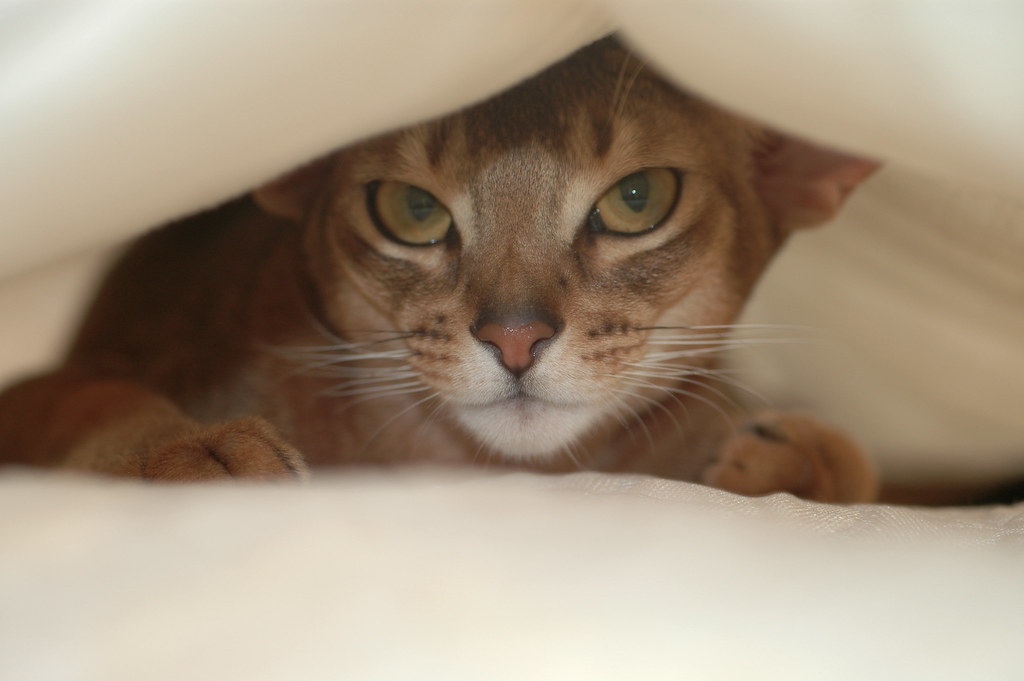
When they feel ill or vulnerable, their natural survival response is to hide to avoid predators and reduce potential threats. In the wild, a sick or injured cat may become easy prey. This hardwired response runs so deep that even the most pampered house cat still follows these ancient rules.
As descendants of solitary animals, where hiding illness is important for survival, our domestic cats display minimal behavioral signs of illness, pain and stress. Think of it like an automatic safety protocol that kicks in whenever vulnerability is detected. In nature, pain symptoms paint a target on animals’ backs, letting nearby predators know they are weak. Also, sick and injured animals are more likely to be abandoned by their group.
Where Instinct Meets Emotion in Feline Minds
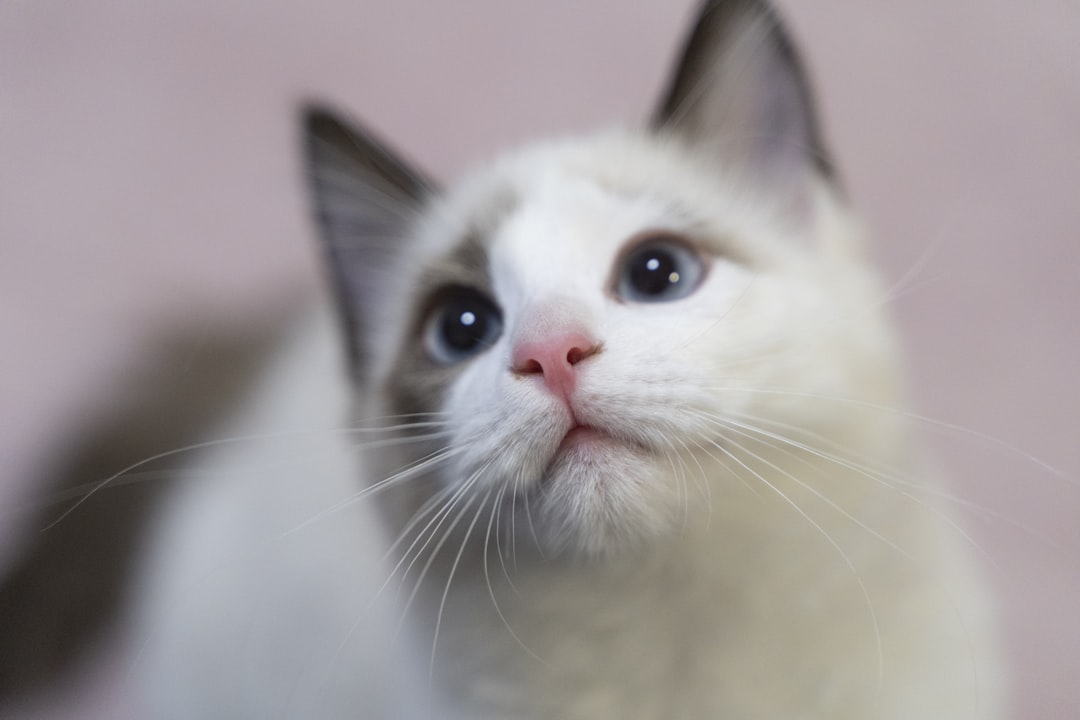
The line between instinct and emotion in cats is surprisingly blurry. Pain is a state of illness that involves both physical and emotional components. In other words it is both the physical pain and the feelings that one associates with pain that cause suffering. Interestingly, in terms of brain activity, emotional pain shares similarities with physical pain in how it is processed and experienced.
From an emotional perspective, cats can feel fearful, anxious, frustrated, or even depressed. They can also have an emotional response to pain (for example, being in pain is stressful and tiring). When cats hide, they’re not just following a biological script. They’re experiencing genuine emotional distress that compounds their physical discomfort.
The Physical Manifestation of Emotional Distress
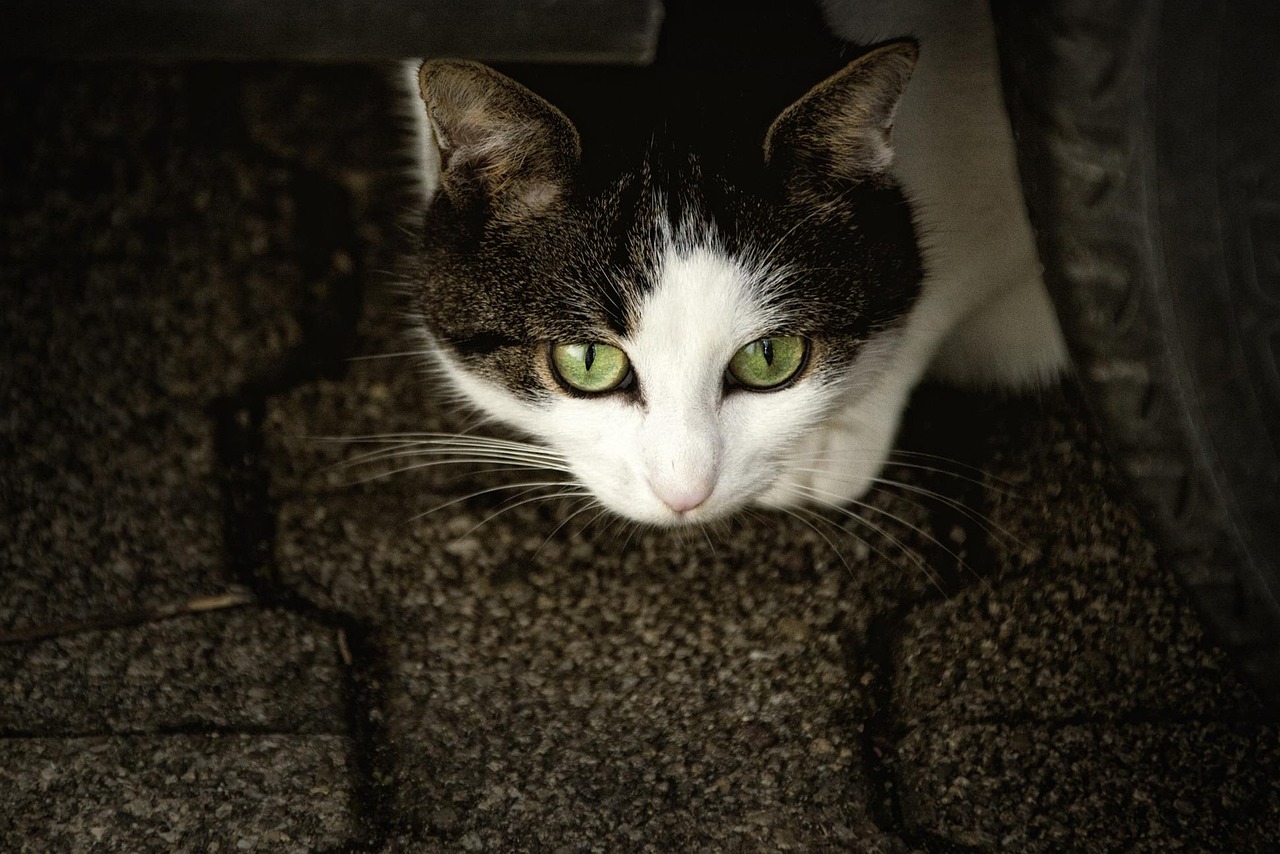
Pain, illness and distress can all manifest through changes in behavior. Often the signs relayed by the owners are non-specific and subtle; for example, inactivity and decreased appetite. What we observe as “hiding” is actually a complex behavioral response to multiple stressors working simultaneously.
When animals are suffering from chronic pain, the effect on their resting level of emotional arousal can be significant and as a result of this utilisation of emotional capacity the individual may be less able to cope with other emotional situations. As a consequence, the display of behavioural responses, including repulsion, avoidance, appeasement and inhibition, is more likely. This creates a cascade effect where pain breeds more behavioral changes.
Beyond Basic Survival: The Stress Response System
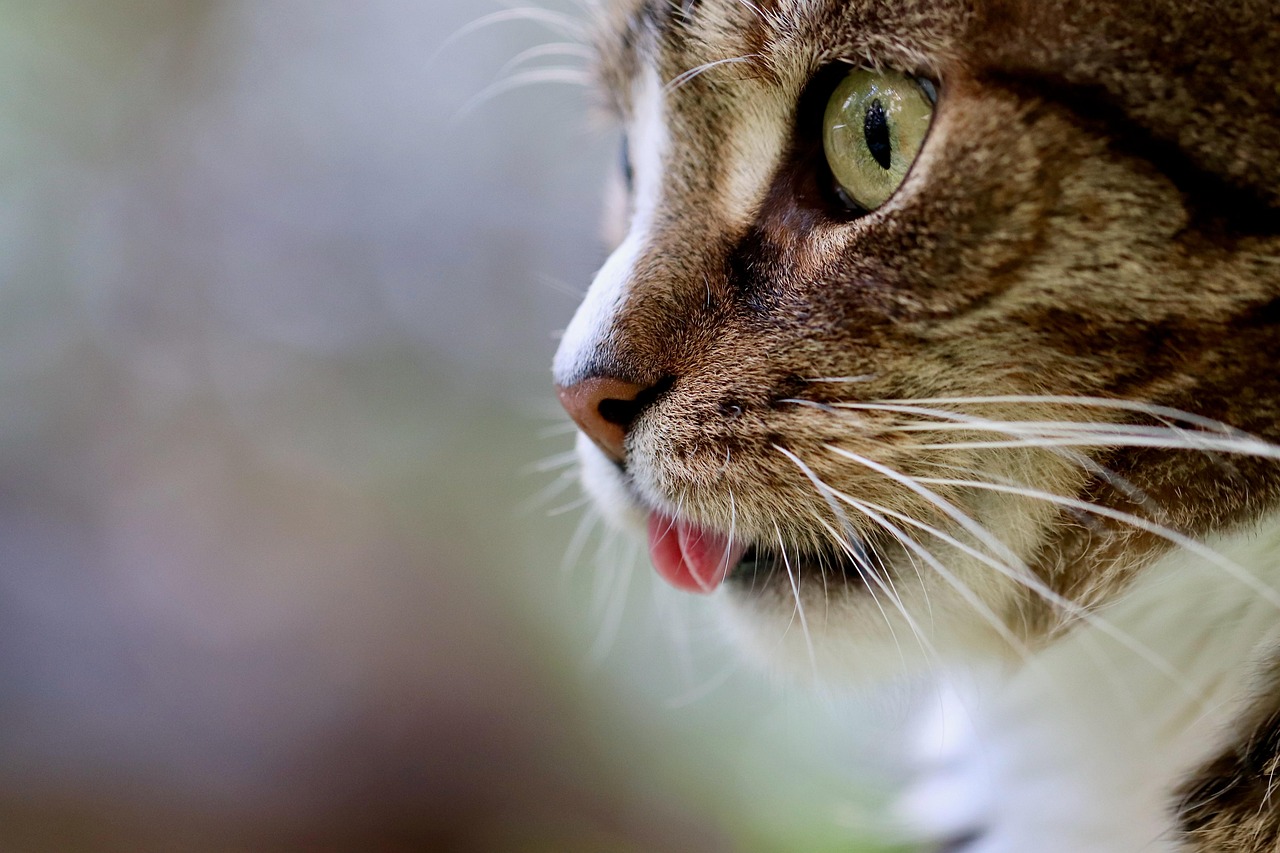
Hiding can be a sign of anxiety and unease from changes in your home – even changes in the form of one or two people visiting. Cats like to be in control of their environment. Environmental stressors can trigger the same hiding response as physical pain, suggesting that cats use this behavior as their primary coping mechanism.
Cats will often hide when even a small change has occurred in their day-to-day routine. Any changes from the norm have the potential to trigger stress or anxiety. Small changes that we wouldn’t think are a problem can be enough to overwhelm your cat. This sensitivity reveals just how emotionally complex these seemingly stoic animals really are.
The Hidden Communication of Feline Pain
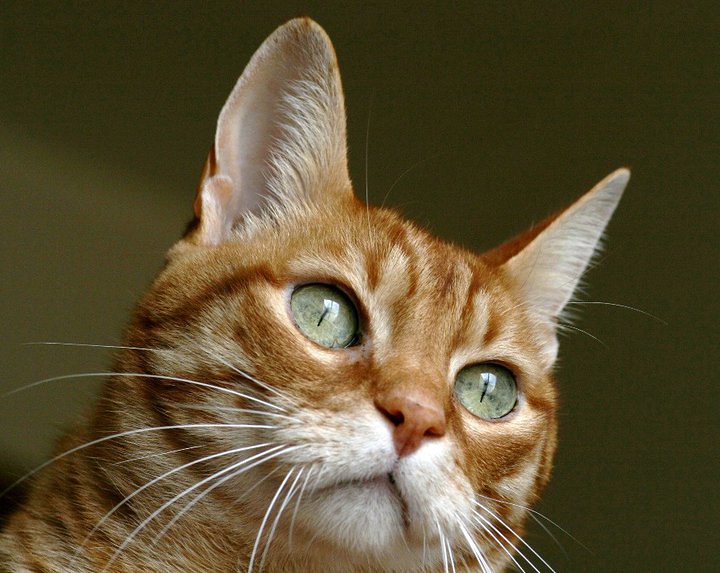
Household cats are a secretive species. Unlike dogs, they are masters at masking their feelings and intentions – possibly because of their evolutionary history as solitary hunters. This built-in stoicism makes it hard for cat owners and veterinarians to read signs of pain in a cat’s facial expressions and behaviors.
Masking their symptoms makes them feel safer and more secure – even when they live inside and realistically have little (if anything) to fear. No matter how much pets try to hide pain, there are almost always subtle signs indicating something is wrong. Being an attentive pet parent is crucial. The challenge lies in recognizing these whispered distress signals before they become screams.
Modern Science Reveals the Complexity

Researchers have been developing machine-learning algorithms to detect pain in cats based on facial expressions, with some automated systems showing promising accuracy rates in veterinary settings. This breakthrough demonstrates that pain in cats has measurable emotional components we’re only beginning to understand.
There are sensory and emotional aspects of pain, and, as such, every individual can experience pain differently. Pain perception can be exacerbated by protective emotions experienced due to environmental and social stressors and vice versa. This can be a vicious cycle, especially for cats, who can become easily distressed in an unfamiliar environment.
Creating Safe Spaces for Healing
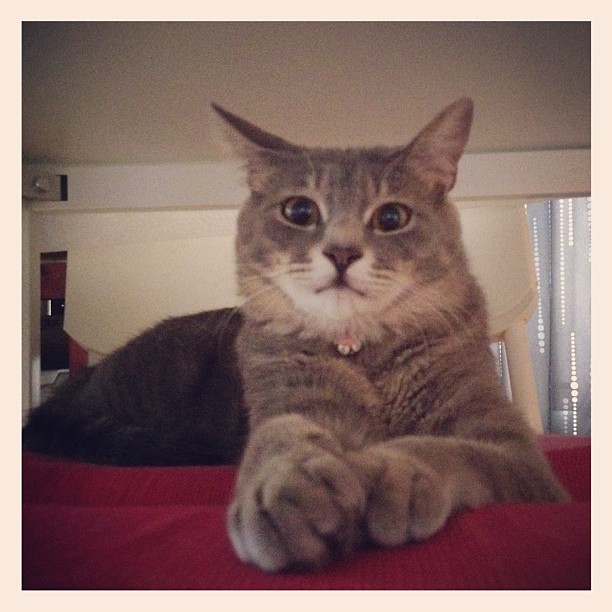
Hiding makes them feel like they’ve got their back covered and they’re safe. It’s a self-preserving behavior for when something unfamiliar is going on around them. Rather than forcing cats out of hiding, we can honor this instinct while still monitoring their wellbeing.
While your cat may choose their own hiding spot, you can provide them with more options to help them feel more secure when they need it most. This can be as simple as a cardboard box with a blanket, or you can buy covered cat beds or cat trees and condos. When your cat is hiding, leave them be, as they are communicating that they want alone time. Stroking them when they are trying to hide could unintentionally increase their level of stress. Wait for your cat to come to you and ask for attention.
The question of whether cats hide due to emotion or instinct ultimately reveals a false choice. Modern veterinary science shows us that these remarkable creatures operate on multiple levels simultaneously, with ancient survival programming intertwining with genuine emotional experiences. When your cat retreats during illness, they’re following millions of years of evolutionary wisdom while also processing complex feelings of vulnerability and distress. What do you think about it? Tell us in the comments.






